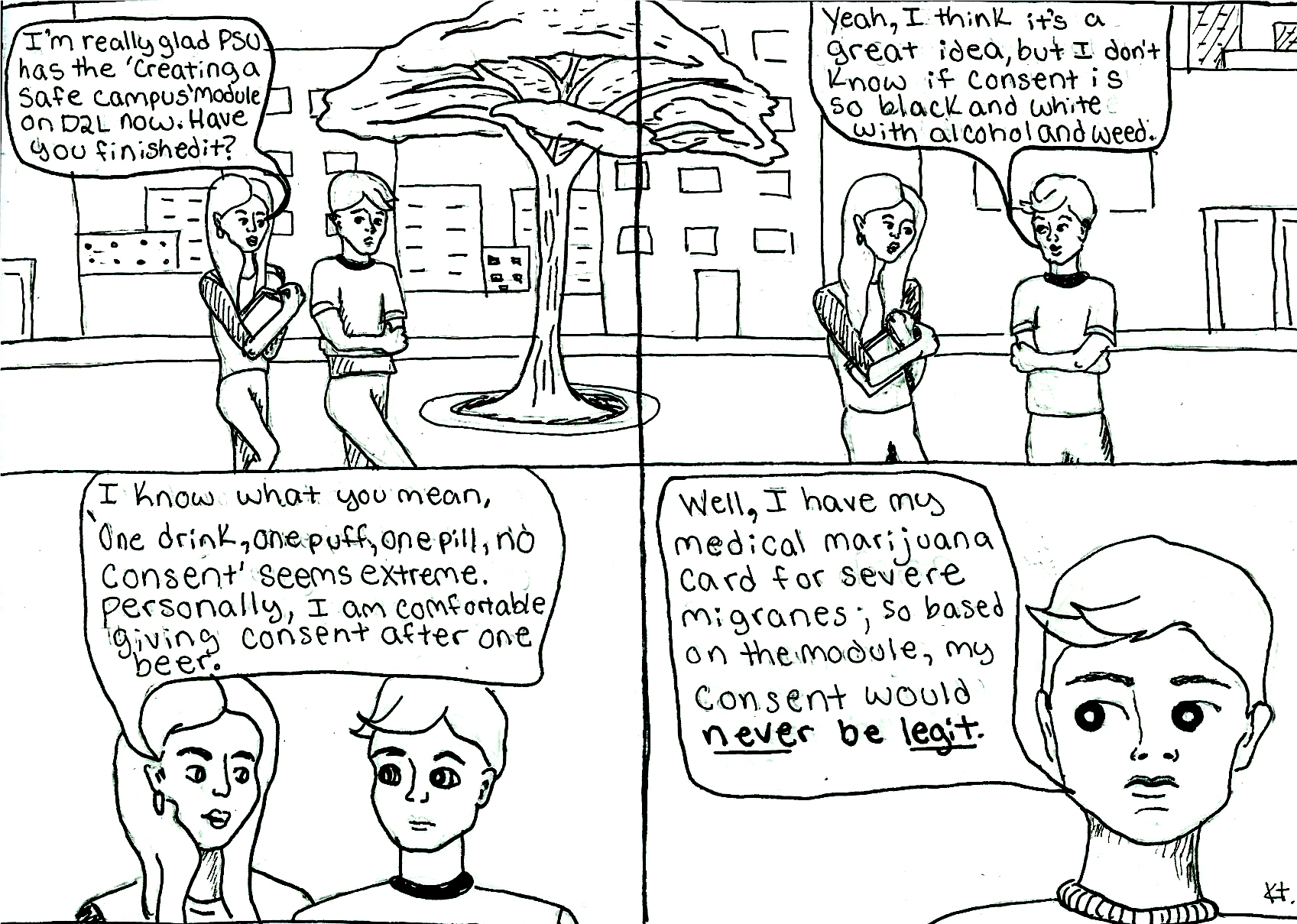“I started to feel guilty for not doing more. I became restless.”
Rep. John Lewis, born in 1940, was a young man during the initial stirrings of the civil rights movement in the ’60s. Now, while still the representative for Georgia’s fifth congressional district, as he has been since 1987, he’s in the middle of writing his autobiography.
Co-written by Andrew Aydin and drawn by Nate Powell, Lewis’ autobiography will manifest as a series of comic books outlining his life and motivations.
March: Book One is presented from present-day Lewis telling two young boys his life story. Their mother brought them to Lewis’ office to show them their history, and so while his aides are rushing around he creates an island of history and emotion.
Lewis grew up on a farm in rural Alabama in the ’40s and ’50s where he kept chickens. He was impressively devoted to these birds, and they each had names and personalities. Lewis built them an improvisational incubator, and by the time he was five and reading the Bible he’d go out to the chicken coop to preach to them.
They were his congregation and he would baptize them. And while he didn’t drown any of the little souls he was saving, it was a near thing and he stopped.
Another important moment in his life was when his uncle Otis took him in for the summer. It was Lewis’ first time in the North and it emphasized for him the vast disparity between his life and those of the white children nearby.
He grew up in an officially and legally segregated society. He rode past prison work gangs and fields full of workers always comprised of black men, and on to the glittering buses and grand schoolhouses garnished with play equipment that belonged to the white population.
Lewis admits that he was very consciously aware of these things but found sanctuary in his school library.
His attraction to education and learning propelled him into seminary school and Fisk University, all while Troy State remained segregated. While he was at Fisk, he attended First Baptist Church in downtown Nashville and got involved with Jim Lawson and the Nashville sit-ins.
March ends with lunch counters being desegregated, sparking resistance and disgust on the side of white restaurant owners and customers. It ends in ambivalence, with successes and failures.
The book itself is an amazing read. It’s fair to say that in the last 50 years the civil rights movement has become romanticized and worn. Police brutality is still a serious threat and America is still heavily segregated in schools, homes and workplaces.
It’s important that the people in these books remain as human to us as our neighbors and our families. Just because the segregation of our generation isn’t called that anymore, and the lynchings of our generation go by slightly different names, doesn’t mean that we can make the same mistakes we have been making for the last 200 years.
The writing of March is well-complemented by the artwork in just this way. Powell’s characters and backgrounds weave in and out of rough, thin sketches and thick cascades of ink.
There is emotion in every panel, and the movement of dialogue between allies and adversaries breaches gutters to give the story a feeling of real tension, as well as the back-and-forth and interruptions of natural conversation.
March: Book One isn’t our history, it’s our reality. It’s where we’re living right now, both because our parents and grandparents lived in it and brought us up in that mindset, but also because we’re living in a version of it right now.
Ferguson isn’t very different from Nashville, and we can’t keep pretending like it is.






